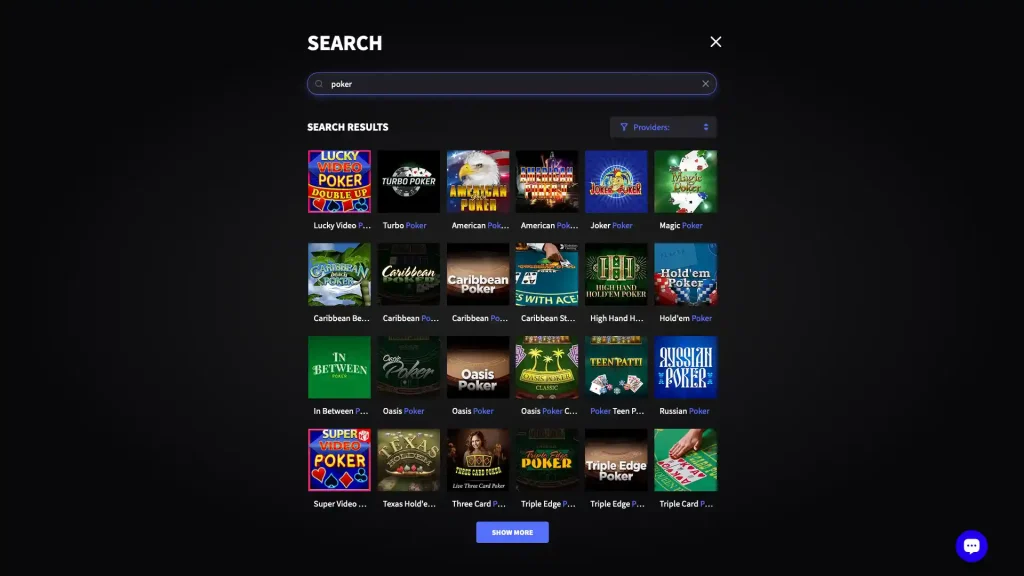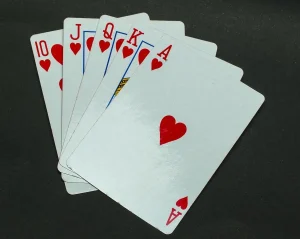The Hidden Hand: A History of Poker Cheating and How the Game Fights Back

The flick of a card. The clink of a chip. Poker is a beautiful dance of skill, psychology, and, let’s be honest, a little bit of luck. But for as long as there have been pots to win, there have been players trying to stack the deck in their favor. The history of poker is, in many ways, a shadowy history of innovation—not just in strategy, but in sheer, brazen deception.

And it’s a constant arms race. For every new cheating method, a new method of detection rises to meet it. It’s a high-stakes game of cat and mouse played out under the green felt. Let’s pull back the curtain on this secret war, from the smoky backrooms of the 19th century to the digital tables of today.
The Old School: Sleight of Hand and Collusion
Before hidden cameras and RFID chips, cheating was a hands-on affair. It required dexterity, nerve, and a partner in crime. These methods were crude but, in the right hands, devastatingly effective.
Manipulating the Deck
The most direct approach was to simply control the cards themselves. This meant mastering moves that sound like they’re from a magician’s playbook—because, well, they are.
- Bottom Dealing: Dealing from the bottom of the deck instead of the top. This allowed a dealer to keep the strong top cards for themselves or an accomplice.
- Second Dealing: A more subtle technique. The dealer appears to deal the top card but actually slides out the second one instead, preserving the valuable top card for later.
- Marking Cards: This was a classic. Cheats would use everything from subtle nicks on the card edges with a fingernail to sophisticated “shading” with special inks visible only with tinted contact lenses (a method called “juicing”).
The Art of Collusion
Why cheat alone when you can have help? Collusion was, and remains, one of the most common and hardest-to-prove forms of cheating. Two or more players at the same table would work together, using pre-arranged signals to share their hole cards.
Imagine knowing your friend has a weak hand. You can bet aggressively to drive others out, letting him steal the pot. Or, knowing he has a monster, you can help him build the pot by “sweetening” it with your own raises. It completely warps the natural odds of the game.
The Digital Revolution: A New Frontier for Fraud
As poker moved online and security in live casinos tightened, cheats had to get smarter. The physical “mechanics” of the past gave way to digital and technological exploits.
Bot Armies and Real-Time Assistance (RTA)
Online poker opened a Pandora’s box. The most significant modern threat is the use of “poker bots”—software programs that play automatically. Early bots were clumsy, but modern ones, powered by AI and solvers, can play a mathematically near-perfect game, 24/7.
Even more insidious is Real-Time Assistance (RTA). Here, a human is still playing, but they have a solver running in the background, telling them the exact, GTO (Game Theory Optimal) play for every single decision point. It’s like having a chess grandmaster whispering every move in your ear. You know, it completely removes the human element from the game.
High-Tech Live Cheating
Live poker isn’t safe either. Technology has supercharged old-school methods. We’re talking about miniature cameras hidden in rings or pens to see the dealer’s hole card during a peek. Or sophisticated signaling devices—think vibrating motors sewn into clothing that receive signals from a confederate watching the table on a live stream.
It sounds like something from a spy movie, but these incidents have happened in major tournaments, proving that the incentive to cheat is higher than ever.
The Guardians of the Game: Modern Detection Methods
So, how does the poker world fight back? The answer is a multi-layered defense system that combines sharp-eyed humans with incredibly powerful technology.
The Digital Watchdogs
Online poker sites have entire security teams dedicated to detecting poker bots and RTA. They don’t just watch for wins and losses; they analyze massive datasets of player behavior.
| What They Look For: | Why It’s a Red Flag: |
| Super-human timing | Bots and RTA users often take the exact same amount of time for every decision, regardless of the hand’s complexity. |
| 24/7 play without breaks | No human can play for 18 hours straight, day after day, without a drop in performance. |
| Patterned betting sizes | Overly rigid, mathematically perfect bet-sizing that doesn’t account for table dynamics or opponent tendencies. |
The Live Security Net
In the casino, the defense is both technological and human.
- The Eye in the Sky: Every table is monitored by a vast array of high-definition cameras from multiple angles. Surveillance teams are trained to spot tells—not of players, but of cheats. The awkward reach for a chip, the unnatural glance, the repeated pattern of behavior between two players.
- RFID Technology: In televised tournaments, you’ll often see a delay in the broadcast. This is partly to allow the production to use RFID chips embedded in the cards. This technology identifies every card, making it impossible to deal from the bottom or switch cards without the system flagging it instantly.
- Dealer Training: The modern poker dealer is the first line of defense. They are trained in proper shuffling and dealing procedures to prevent mechanics and to spot marked cards or suspicious player behavior.
The Unbeatable Bluff? The Future of Poker Integrity
Here’s the thing about this ongoing battle: the house, and the honest community, are winning. The tools for modern poker cheating detection are becoming so advanced that the risk of getting caught—and permanently banned—is higher than ever. The poker community is also fiercely self-policing; online forums and sleuths often uncover cheating scandals long before the sites officially act.
Yet, the nature of the game means the threat will never fully disappear. The allure of an easy score is too powerful for some. The future will likely involve even more sophisticated AI, not just to cheat, but to detect the cheats using that same technology. It’s an endless feedback loop of innovation.
In the end, poker thrives on trust. It’s a social contract. We trust that the deck is random, that our opponents are playing their own cards, and that the best hand—or the best bluff—will win. Cheating isn’t just breaking the rules; it’s breaking that fragile, essential trust. And that, perhaps, is the biggest tell of all.






